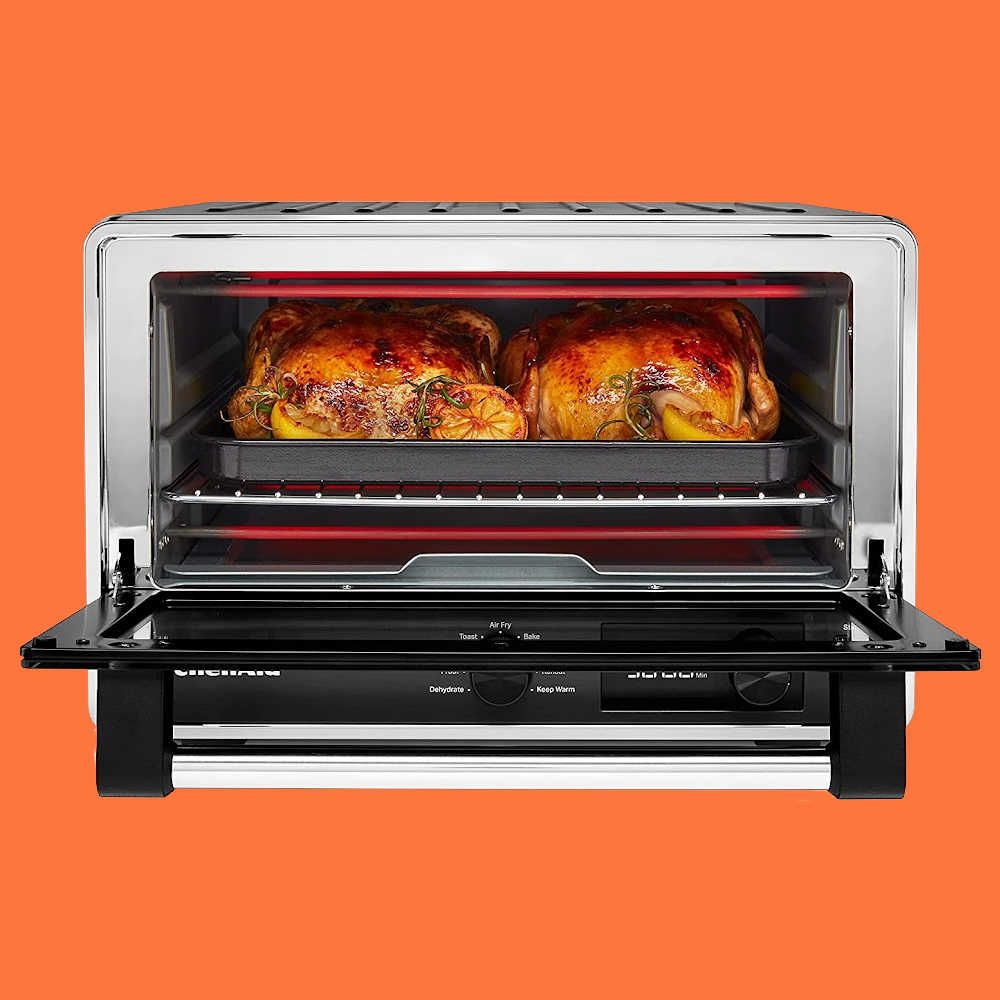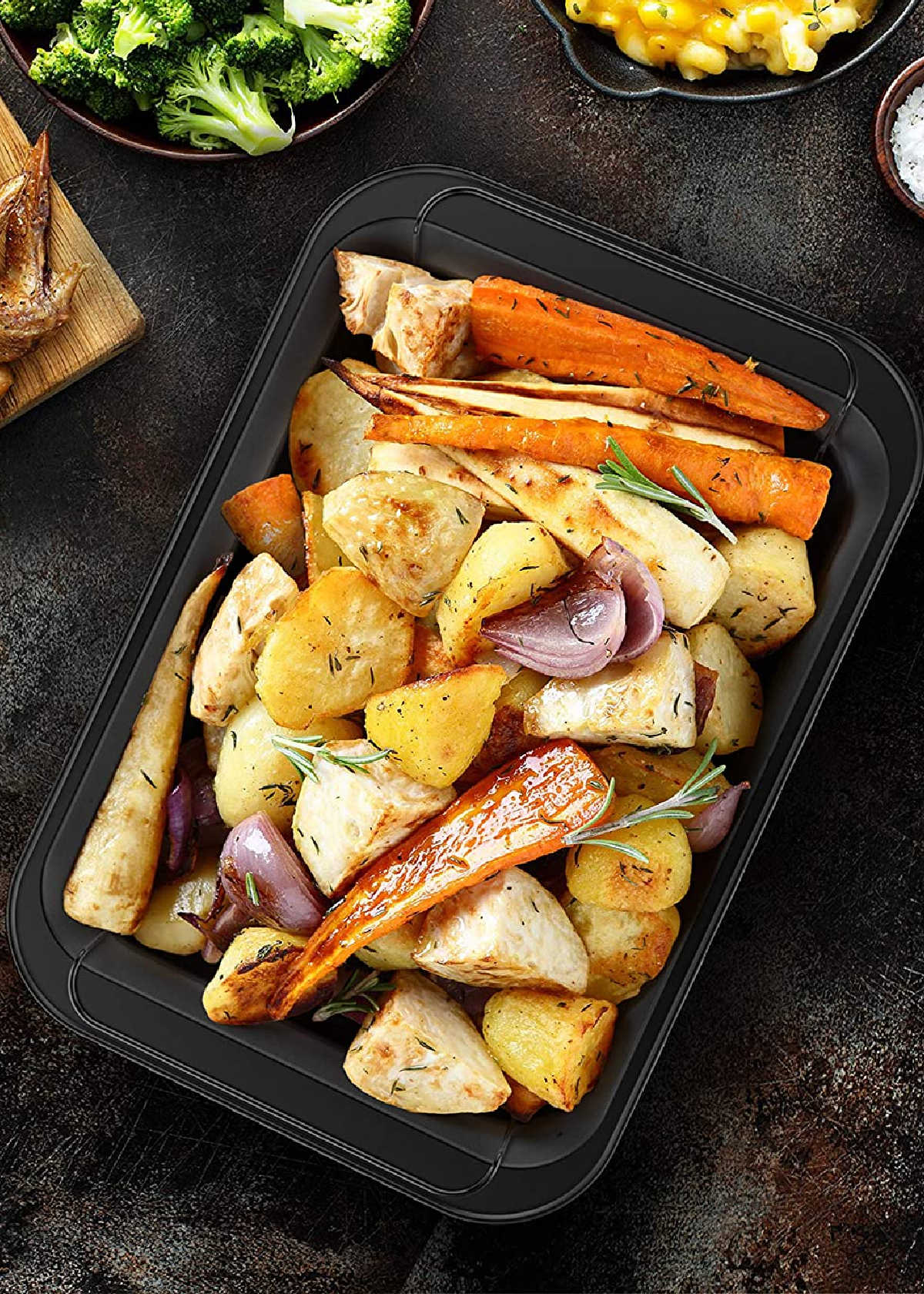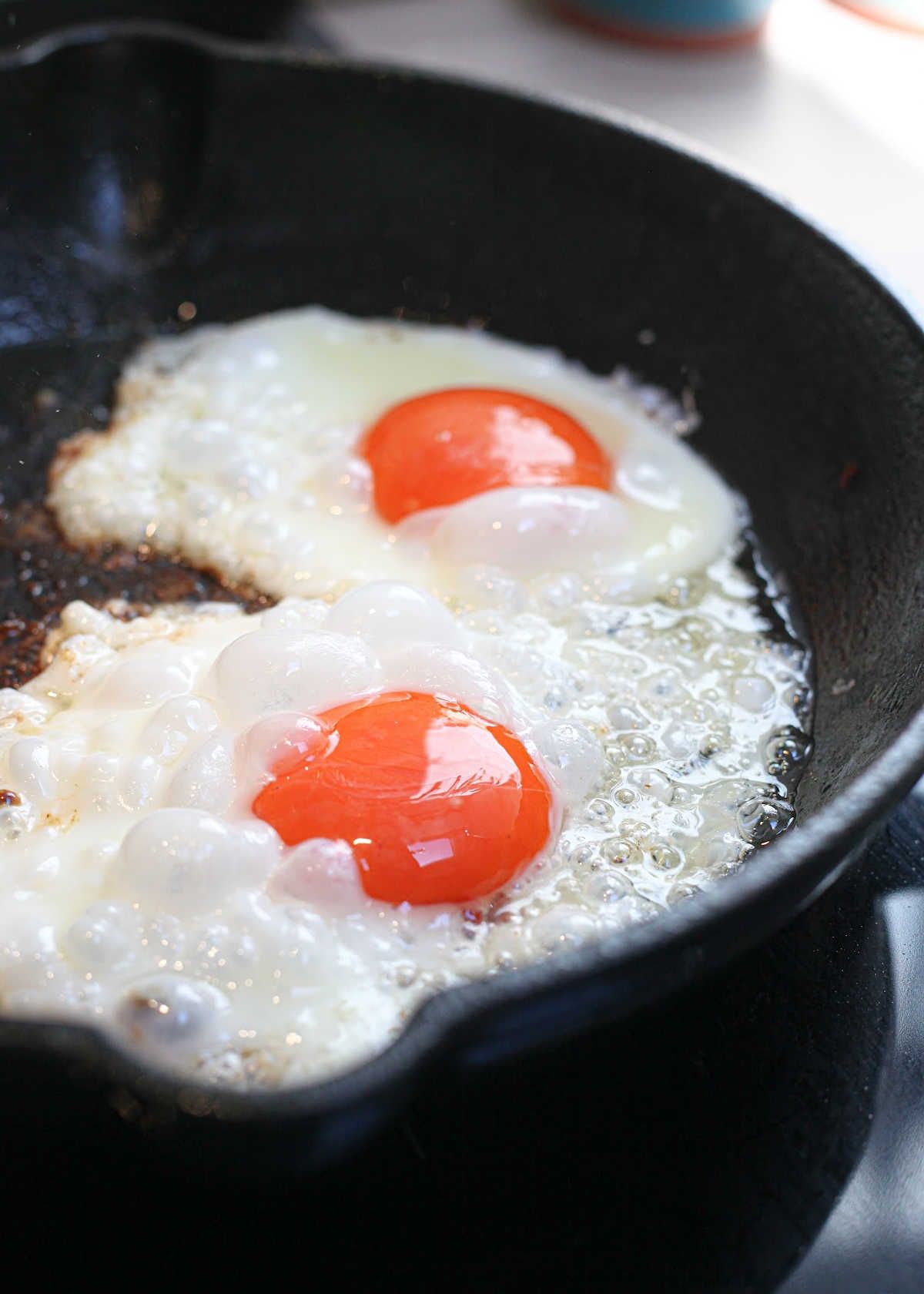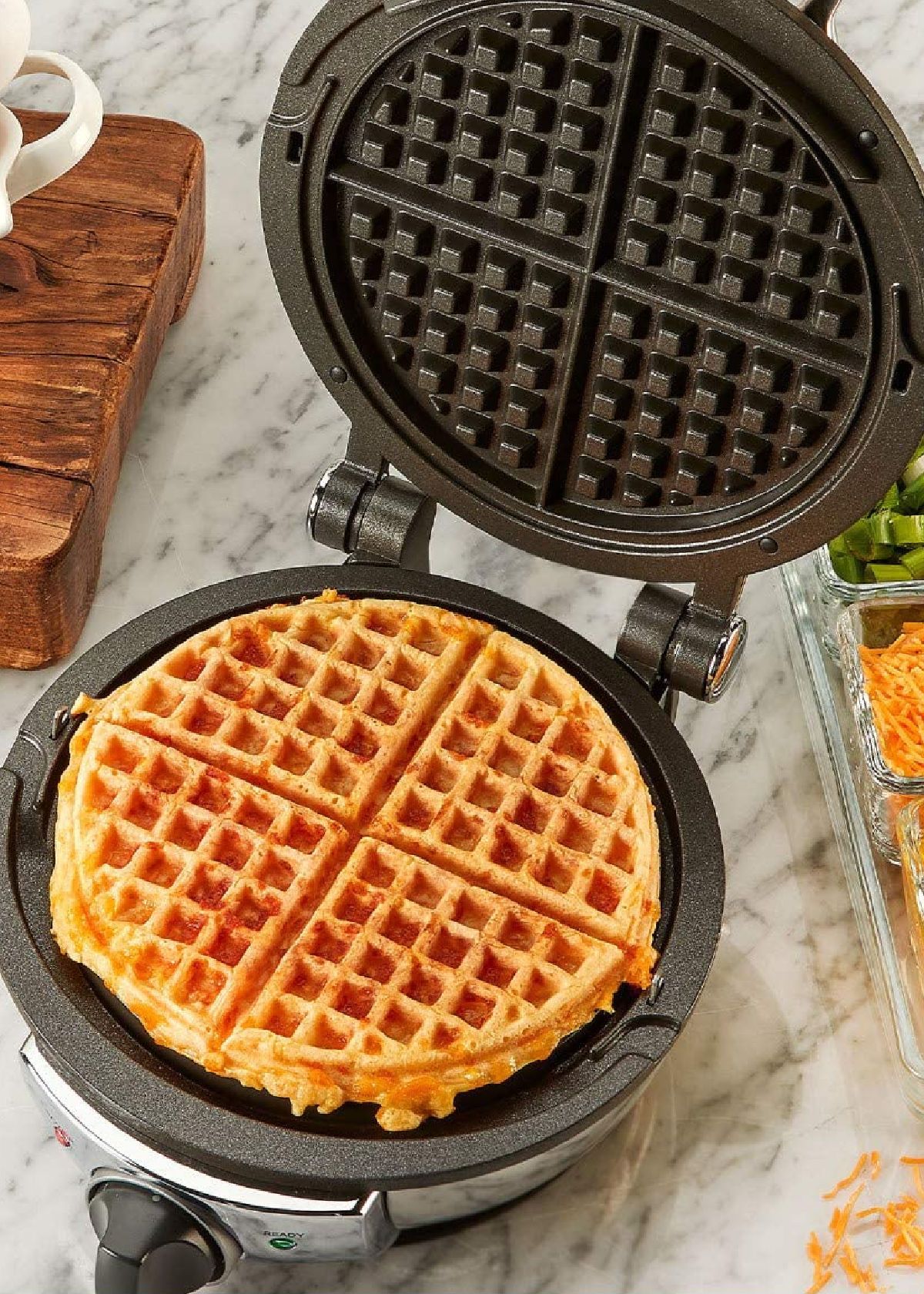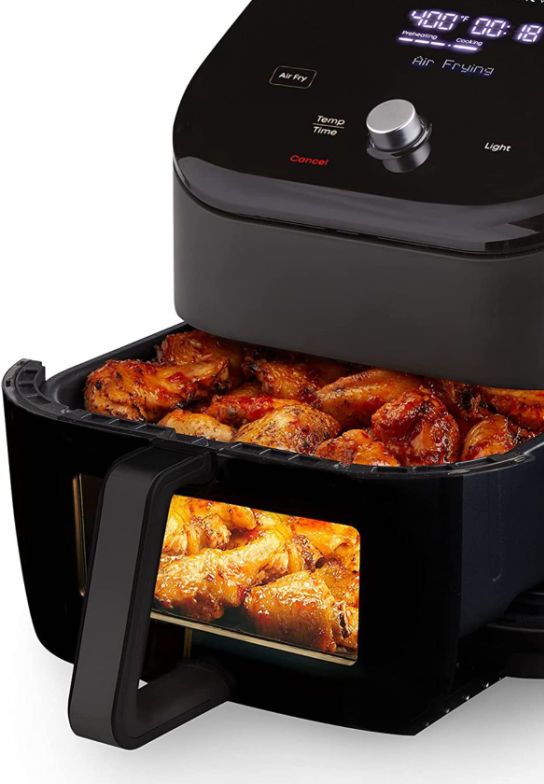Content Summary
It can be frustrating when your wine fridge stops cooling, especially when you have invested in a quality and expensive wine collection. When a wine cooler is not cooling it can have several causes.
In this blog post, we’ll discuss the top 12 reasons why your wine fridge is not cooling and how to fix those issues.
Check them out!


Note: There are two kinds of wine coolers: a thermoelectric wine cooler, and a compressor wine cooler. In this article, we focus on a compressor wine fridge.
Compressor wine coolers are the ones used for both short and long-term wine storage, and thermoelectric wine coolers for only short-term storage.
1. Power Supply Issues
Symptoms
- The first thing to check when your wine fridge stops cooling is power supply issues.
- Your wine fridge needs a steady flow of electricity to function properly.
- If the power supply is interrupted or unstable, it can affect the performance of your wine fridge.
Solutions
- Check that your wine fridge is plugged in properly and that the power outlet is functioning correctly.
- Check the voltage with a multimeter and if the circuit breaker is on, if there's a fuse, tripped breakers, or a power outage.
- Ensure that the fridge is properly plugged in and that there are no loose connections.
- Confirm that there are no issues with the electrical outlet you're using. Try plugging another appliance into the same outlet to check if it's working.
- If none of the above works, call an electrician, or contact the manufacturer or supplier.
2. Thermostat Malfunction
Symptoms
- If the power supply is not the issue, the next thing you should check is the thermostat.
- Your wine fridge's thermostat is responsible for the temperature settings and maintaining the desired temperature.
- If it's not working correctly, it can lead to inconsistent cooling or no cooling at all.
Solutions
- Check that the thermostat is at the correct temperature. If it’s not, try resetting the thermostat to the desired temperature.
- If this doesn’t work, check if the thermostat sensor is clean and properly positioned.
- You can clean the sensor gently with a soft cloth or consult a professional to replace the faulty thermostat.
3. Faulty Thermistor
Symptoms
- The thermistor senses the interior temperature and sends that information to the thermostat.
- If it's faulty, it may not send the correct temperature readings, causing your fridge to stop cooling. Evidently, the temperature setting is no longer reliable.
Solutions
- You will need to consult a professional to replace the thermistor.
- You mustn't try to repair this part yourself because improper handling can lead to further damage.
4. Malfunctioning Compressor
Note: if you have a thermoelectric wine fridge, this problem will not occur. A thermoelectric system is a different refrigerant system that doesn't work with a compressor.
Symptoms
- The compressor is the heart of your wine refrigerator. If it's not working, it won't be able to cool your wine.
- If you hear a clicking sound or your fridge is vibrating excessively, your compressor may be malfunctioning.
Solutions
- Call a professional to have the compressor replaced to fix this issue.
5. Dirty Condenser Coils
Symptoms
- The condenser coils located at the back or bottom of your wine fridge play an essential role in cooling.
- They dissipate heat from the fridge and help it maintain the desired temperature.
- Over time, your wine fridge's condenser coils can accumulate dust and debris, which can inhibit airflow and affect the cooling process.
Solutions
- Unplug your wine fridge, and clean each condenser coil using a soft brush or a vacuum cleaner to remove any build-up.
- You should clean the condenser coils regularly to ensure that they're cooling properly.



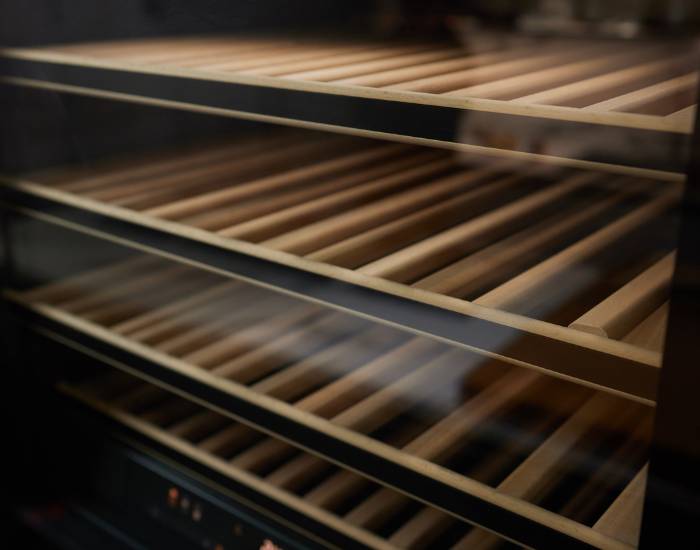
6. Faulty Compressor Fan
Symptoms
- The condenser fan helps regulate the temperature of your wine fridge by cooling the compressor.
- The compressor circulates refrigerant throughout the fridge, while the evaporator fan draws cool air into the fridge and helps it maintain the desired temperature.
- If the fan is not spinning freely, is no longer working efficiently, it's an old fan, or has stopped functioning altogether, the compressor will not cool your fridge correctly. If the ambient temperature is high, it will allow hot air to fill the fridge and cool properly.
Solutions
- Check if there's any obstruction or damage to the fan blades, an otherwise faulty fan, or a broken evaporator, and have it replaced if necessary.
- It’s recommended to consult a professional to fix the problem.
7. Low Refrigerant Levels
Symptoms
- Your wine fridge's refrigerant is responsible for absorbing and releasing heat, which is necessary to maintain the desired temperature.
- If the refrigerant levels are low, your fridge will not cool correctly.
Solutions
- It might be a sign of a leak, which you should fix before recharging your fridge with refrigerant.
- You should call a professional to refill the refrigerant levels in your wine fridge.
- Do not try to do this yourself as it can be dangerous.
8. Clogged Airflow Vents
Symptoms
- Air vents are essential for proper ventilation inside your wine fridge.
- If they're blocked, they can inhibit the cooling process and your wine fridge will not cool correctly.
Solutions
- Check for any obstructions such as bottles or debris and clear them.
- You should clean the vents regularly to ensure that the air is flowing correctly.
- If the airflow vents are still blocked, call a professional to clear and repair them.
9. Faulty Door Gasket
Symptoms
- The door gasket is responsible for sealing your wine fridge.
- If it's damaged or dirty, cool air can escape while warm air enters the fridge, affecting the cooling performance.
Solutions
- Check for any damage to the door gasket and replace it if necessary.
- Clean the gasket regularly with a damp cloth or sponge to ensure that it's airtight.
- You should also check the door alignment and adjust it as needed. If the door gasket is still faulty, call a professional to have it replaced.
10. Improper Placement
Symptoms
- Your wine fridge needs adequate clearance on all sides to work efficiently.
- If it's placed too close to the wall, the compressor can overheat and your fridge won't cool correctly.
Solutions
- Ensure that the fridge is not placed too close to the wall, and that there is a gap of at least three inches between the fridge and the wall.
- Check if it's placed near a heat source, such as a stove or direct sunlight. Move the fridge to a cooler spot with proper ventilation.
11. Aging Fridge
Symptoms
- All appliances have a lifespan, including your wine fridge. If it's not cooling correctly, it might be a sign of old age.
- Over time, your fridge may no longer be fit for proper wine storage as it did before.
Solutions
- If you've had your fridge for more than a decade, it's probably time to replace it with a newer model.
- If you want to keep your existing fridge, call an appliance technician for inspection and repair.
12. Wine Cooler Not Cooling
Symptoms
- You have checked all 12 situations above and tried all solutions, but your wine fridge is still not cooling.
- Perhaps a combination of causes has resulted in a breakdown of the entire system.
- Improper room temperature (for example, over 86 degrees Fahrenheit (30 degrees Celsius) or below 39 degrees F (4 degrees C) may affect the wine fridge's performance.
Solutions
- If the room is too hot, an air conditioner can help create a cooler room by allowing cold air to circulate the room.
- If the room is too cold, you may want to turn the heater on.
We have written detailed blog posts about how wine fridges work, does wine fridge use a lot of engery, and how long wine fridges last. So you can read those posts to understand more about your appliance.


Tips & Tricks
- Place a thermometer inside the fridge to ensure that it's cooling evenly and at the right temperature.
- Clean the inside and outside of your wine fridge regularly to keep it in good condition.
- Use an appliance surge protector to protect your wine fridge from power fluctuations.
- Don't overstock the fridge as this can affect cooling performance.
- Keep the door of your wine fridge closed as much as possible to maintain cool temperatures.
- Check for any air leaks and fix them as soon as possible.
- It's also important to check the manufacturer’s manual for any troubleshooting tips or maintenance instructions.
In conclusion, there can be several reasons why your wine fridge is not cooling. It's essential to diagnose the issue correctly so that you can fix it effectively. By understanding the common causes of your wine fridge's cooling problems, you may be able to fix them yourself.
The 12 reasons we've outlined in this guide cover most of the common issues that can result in your wine fridge to stop cooling. If you encounter any of these issues or any other issues not covered in this guide, you should call a professional wine fridge repair service.
In need to replace a new wine fridge? Check out our selection of high-quality large capacity wine fridges today!

They come with innovative features and advanced cooling technology to keep your wines at the perfect temperature.
Catchy Finds




